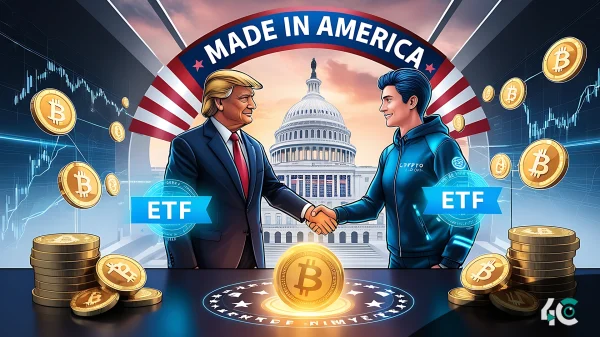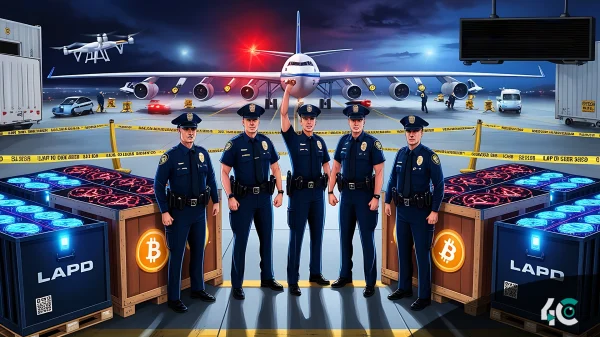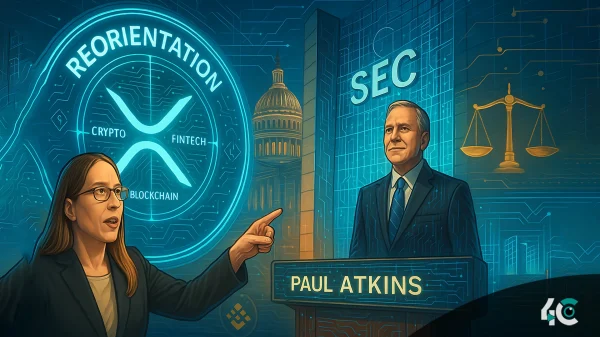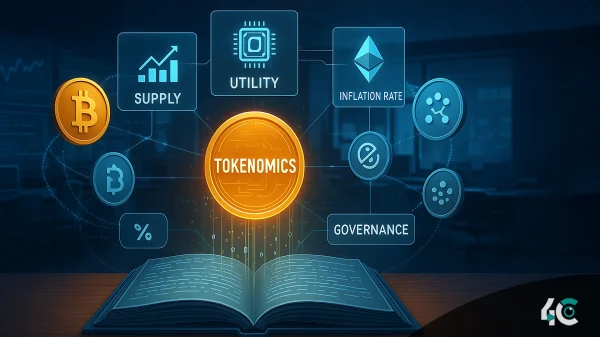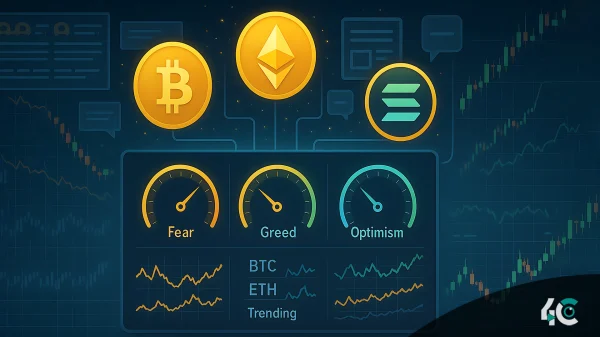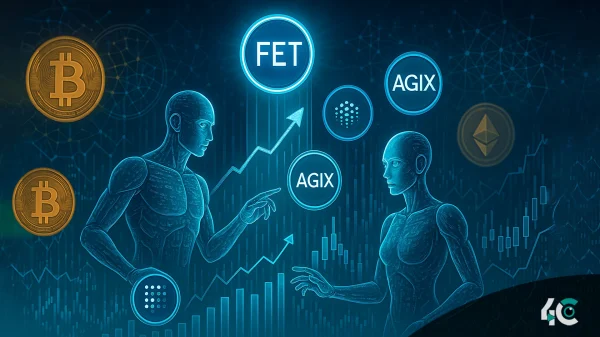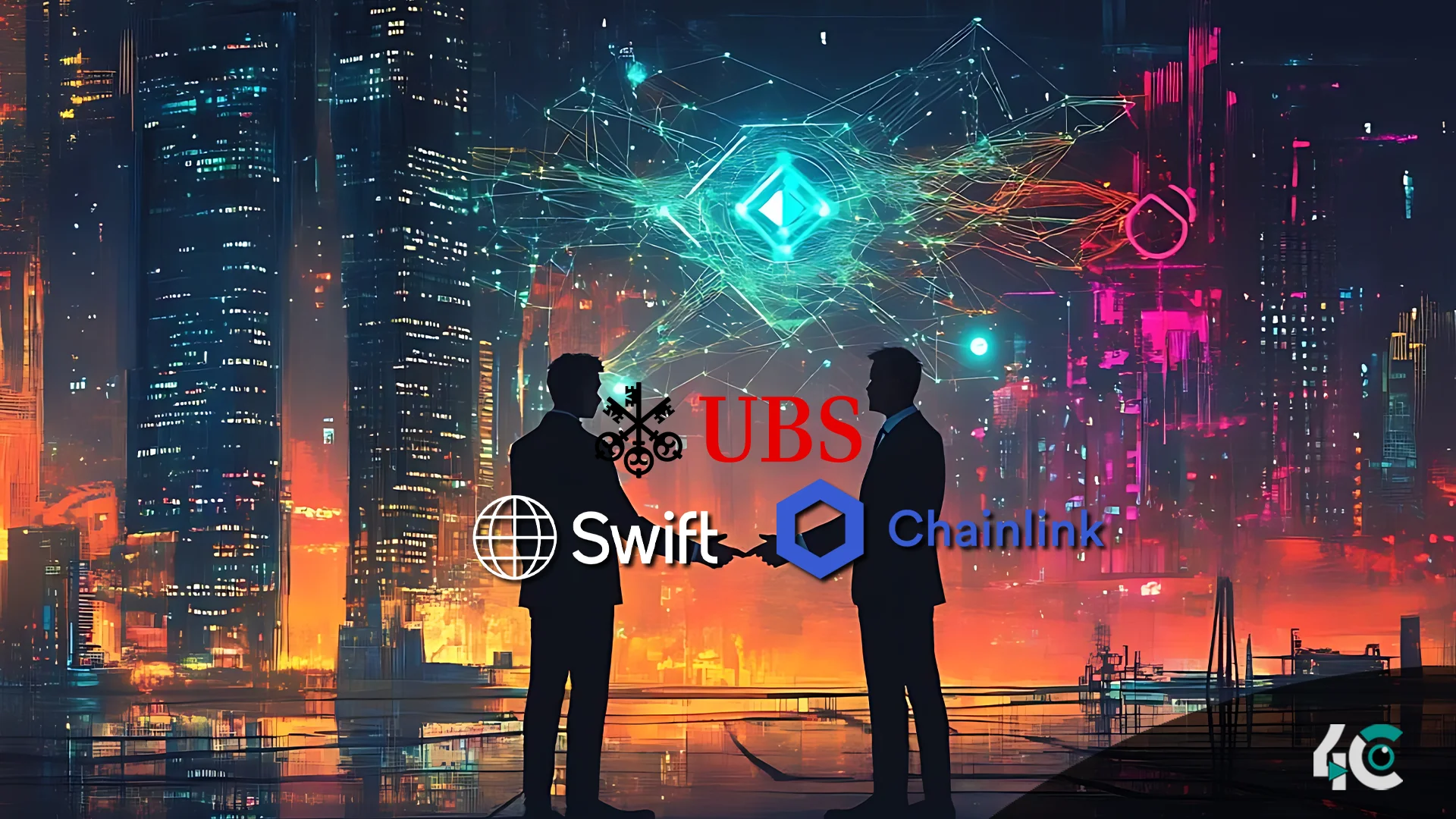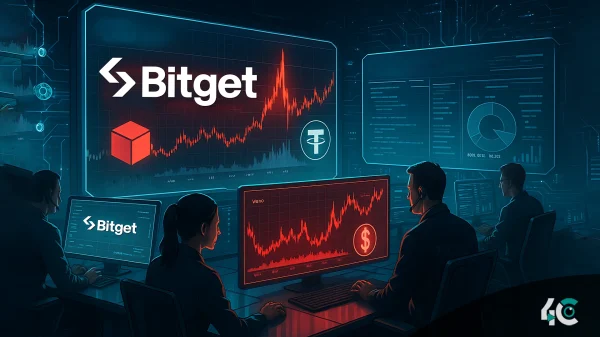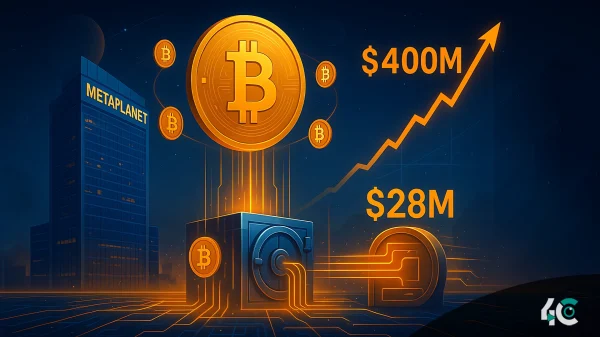To enhance the settlement process for tokenized funds, Swift, UBS Asset Management, and blockchain oracle provider Chainlink have finished a ground-breaking pilot. The Monetary Authority of Singapore’s (MAS) Project Guardian carried out the project, exploring how to integrate blockchain technology with Swift’s well-established financial messaging infrastructure to enable digital transactions within conventional currency payment systems.
This endeavor is an important step toward combining digital assets with traditional finances. The pilot allowed for seamless, off-chain cash settlements for tokenized funds without the need for proprietary blockchain payment mechanisms by utilizing Swift’s extensive network, which serves more than 11,500 institutions globally. This integration provides financial institutions with a feasible way to embrace digital assets by demonstrating the possibility of modernizing fund transactions without completely switching to on-chain platforms.
Conventional fund procedures, particularly in subscription and redemption transactions, frequently entail manual steps, delays, and a lack of transparency, all of which raise operating expenses and have an effect on liquidity. The pilot showed a more effective, real-time method of managing tokenized assets by automating these procedures, which sped up and reduced the cost of fund transactions. By enabling automatic fund token issuance and redemption as required, Chainlink’s technology made it easier to create and manage tokenized assets.
In response to growing investor demand for digital asset solutions, UBS, a leader in the finance industry, recently introduced a tokenized fund on the Ethereum blockchain. This fund, known as the UBS USD Money Market Investment Fund Token (uMINT), is a prime example of the bank’s dedication to investigating tokenized finance and providing its customers with cutting-edge solutions.
Additionally, this pilot demonstrates MAS’s ongoing initiatives to encourage the use of tokenized assets. MAS Deputy Managing Director Leong Sing Chiong recognized Project Guardian’s participants’ advancements in utilizing blockchain technology for money and foreign exchange transactions at the inaugural MAS Layer One Summit. He did, however, point out that additional infrastructure development is required to enable the expansion of tokenized solutions throughout the larger financial sector.
The pilot’s successful conclusion confirms that conventional financial institutions can embrace digital assets while operating within their current frameworks. Initiatives like these are bringing the financial sector closer to the integration of digital and traditional finance, paving the way for a more cohesive financial environment.


